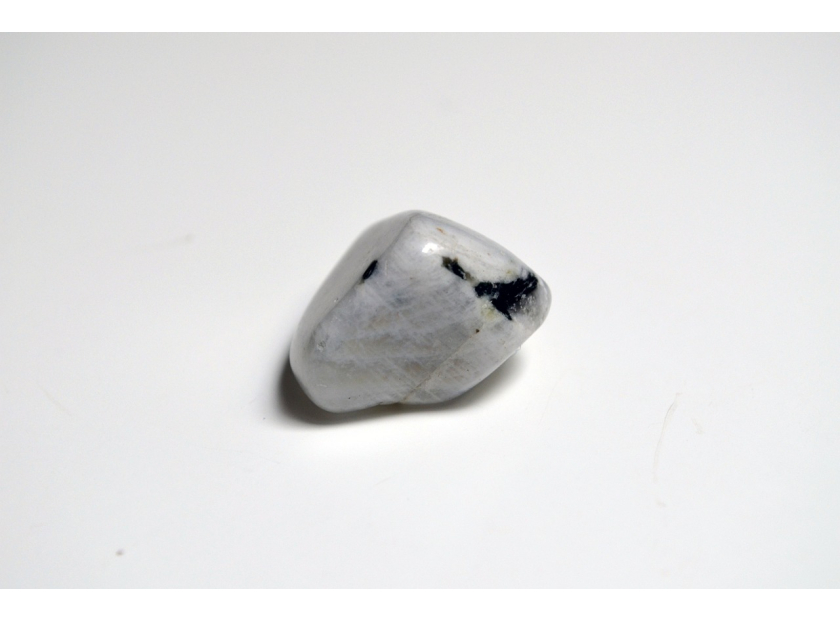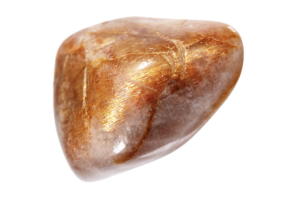USD
/
USD
/
Shipping to:
Currency:
How to Identify a Genuine Moonstone: A Complete Guide for Buyers
Moonstones have fascinated jewelry lovers for centuries with their soft glow and mystical charm.
But with so many fakes on the market today, knowing how to tell if a moonstone is real can be tricky.
This guide walks you through everything you need to know to spot the real deal.
Understanding Moonstone
Moonstone is a gemstone from the feldspar group, best known for its dreamy optical effect called adularescence—a floating light that seems to glow from within the stone.
This glow comes from how light scatters through the stone’s internal layers of feldspar minerals.
Key Characteristics of Genuine Moonstone
Adularescence: The Signature Glow
The most defining feature of a real moonstone is its adularescence.
When light hits the stone, it should reflect a soft, moving glow, usually in blue or white tones.
This effect should shift as you tilt the stone—fakes often miss this dynamic shimmer.
Color and Clarity
Real moonstones come in shades like white, gray, peach, green, and brown—some are even colorless.
The most prized ones are clear with a strong blue glow.
Natural inclusions like tiny cracks or "centipedes" are normal, but excessive cloudiness or no glow could mean it's not genuine.
Texture and Temperature
A real moonstone feels smooth and cool to the touch and warms slowly in your hand.
Fakes—especially those made from glass or plastic—tend to feel lighter and warm up faster.
Simple Tests to Identify Authenticity
Light Test
Hold the stone under a bright light and tilt it slowly.
If it’s real, you’ll see that characteristic glow shift across the surface.
Fakes often have a dull, static appearance.
Magnification Test
Use a jeweler’s loupe to check for natural inclusions like tiny fissures or internal textures.
These are usually good signs the stone is genuine.
Scratch Test (Be Careful)
Moonstone has a Mohs hardness of 6–6.5, so it can be scratched by harder materials.
This test isn't recommended at home, but knowing its softness can help you assess the stone if you’re comparing it to harder fakes like quartz.
Common Imitations and How to Spot Them
Opalite
Opalite is a man-made glass that often gets passed off as moonstone.
Unlike real moonstone, it lacks natural inclusions and the soft, layered glow.
It usually looks too smooth and too perfect.
Glass Imitations
Glass copies might sparkle a bit, but they miss the telltale shimmer of real moonstone.
You might even notice tiny bubbles inside—something you won’t see in genuine gems.
Tips for Buying a Genuine Moonstone
Buy from trusted sources: Only shop from reputable jewelers and verified sellers.
For a curated collection of real stones, check out our gemstone rings.
Ask for documentation: Reputable sellers should offer certifications or detailed info about the stone’s origin and quality.
If you're still deciding between options, you might want to compare lab-grown diamonds with gemstones to see what suits your style and budget best.
Trust your instincts: If it feels too cheap or looks too flawless, it might not be the real thing.
Authentic moonstones—especially those used in fine jewelry—are valuable for good reason.
When to See a Professional
If you’re unsure whether your moonstone is authentic, it’s best to consult a certified gemologist.
They’ll have the tools and expertise to give you a definite answer.
Frequently Asked Questions
Is moonstone expensive?
It depends on quality, size, and color. Clearer stones with a strong blue glow are more valuable.
Can fake moonstones still look nice?
They can, especially to the untrained eye. But they won’t have the same magical shimmer or long-term value.
Are all glowing stones moonstone?
Nope. Other gems and even synthetics can glow, but only moonstone has that layered, floating shimmer.
How do I care for my moonstone?
Since it's relatively soft, store it separately and clean it gently with warm soapy water and a soft cloth.








